Intel says it's happy to make the very Arm chips that threaten its x86 hegemony
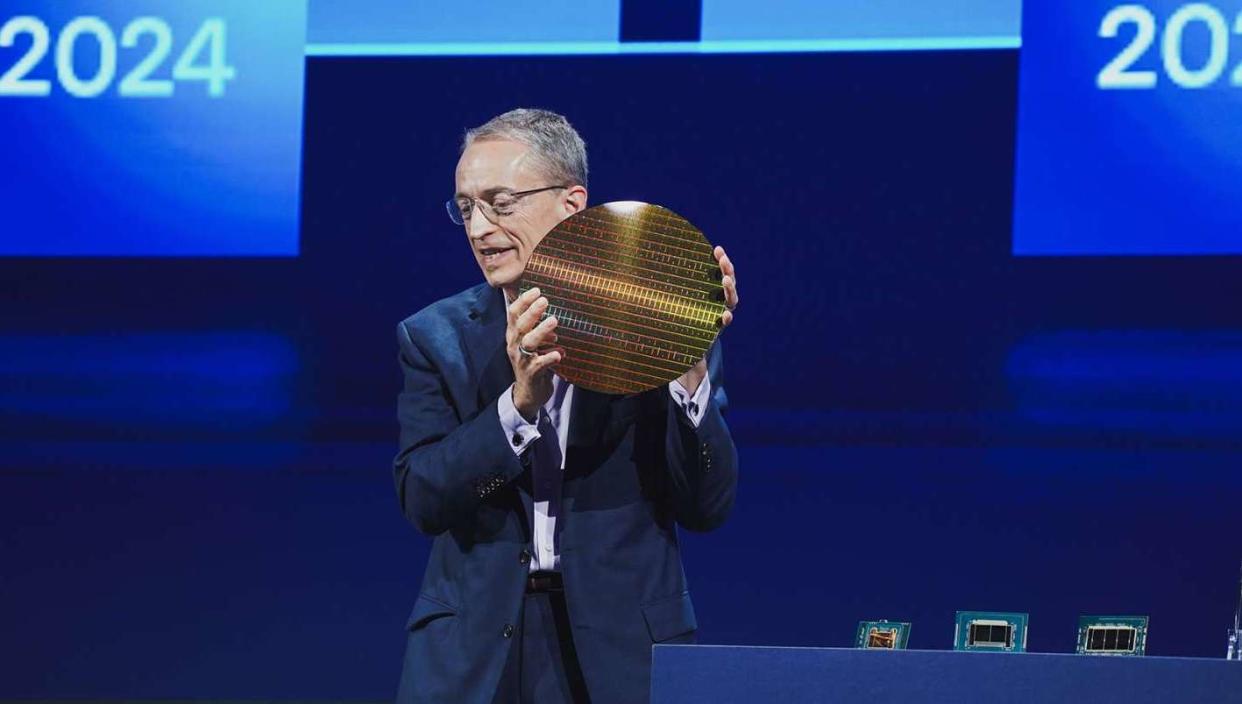
"If Arm emerges, I want to be the foundry." So says Intel CEO Pat Gelsinger when asked at his post-keynote Q&A at the Computex show whether Arm chips are taking over and eating into Intel's market share of x86 chips for PCs.
Actually, Gelsinger gave two answers. First, he argued that Intel's x86 product line up is super strong.
"This is not the first Windows on Arm announcement, right? And the x86 market share has remained very hot, you need to have a reason to change. So, if you believe what I showed on stage today, literally the best CPU, the best graphics, the best NPU and very compelling battery life—why would you change," Gelsinger said.
But he also hedged his and Intel's bets. "That said, if Arm emerges, I want to be the foundry," he explained. "We don't say that cavalierly. We mean it. The partnership that Intel has forged with Arm is dramatically more powerful and beneficial for both companies than I could have even imagined when I took this job. We're seeing a lot of momentum for Arm as a foundry partner for Intel, as well."
Exactly what should we make of all this? For starters, there is a compelling reason to change to Arm, and that's battery life. As we reported yesterday, Dell says the shift to the Arm-powered Qualcomm Snapdragon X Elite chip lifts the battery life of its XPS 13 laptop with an Intel Meteor Lake chip from 18 hours to 27 hours. That is the very definition of compelling.
Of course, Intel says its upcoming Lunar Lake mobile CPU improves battery life. But it's not out yet and at best will be months behind the X Elite, which will be available to buy in laptops within a few weeks.
Moreover, it's notable that Gelsinger claims Intel has the best CPU, GPU and NPU when talking about Lunar Lake and its Panther Lake follow-up, but wasn't willing to claim it has the best battery life. For Lunar Lake to match what Dell is claiming for the X Elite Arm chip in terms of battery life would mean very likely by far the biggest leap in battery life ever from one generation of Intel laptop processor to the next.
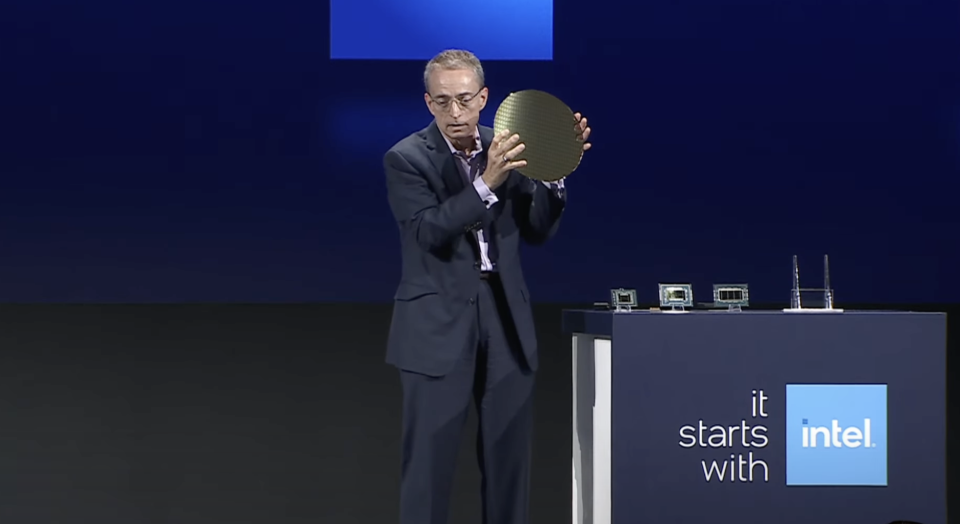
It's possible Lunar Lake can match or beat the X Elite for battery life, but it is pretty improbable. At the same time, it's a little odd to note that Lunar Lake's two active tiles are both made by TSMC. So, at the same time that Intel is making a pitch as a foundry for the possible coming generation of Arm chips for PCs, it is farming out production of the chip that's meant to take those Arm chips onto an external foundry.
The generous way of looking at all this is that Intel is still very much in transition. Gelsinger returned to Intel as CEO in 2021. But it was always going to take a long time to turn the company around, such was the extent to which it had lost its way and so far had it fallen behind TSMC in terms of chip production tech.
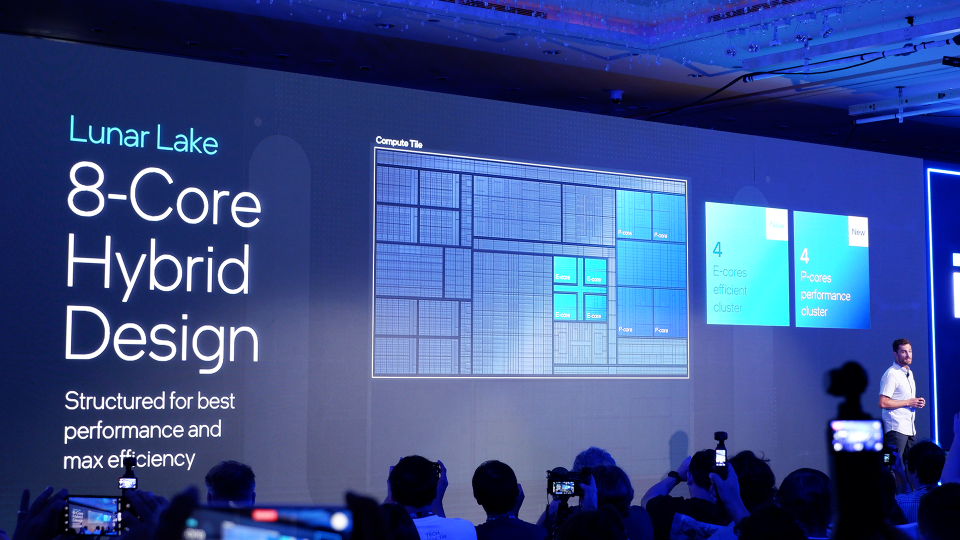
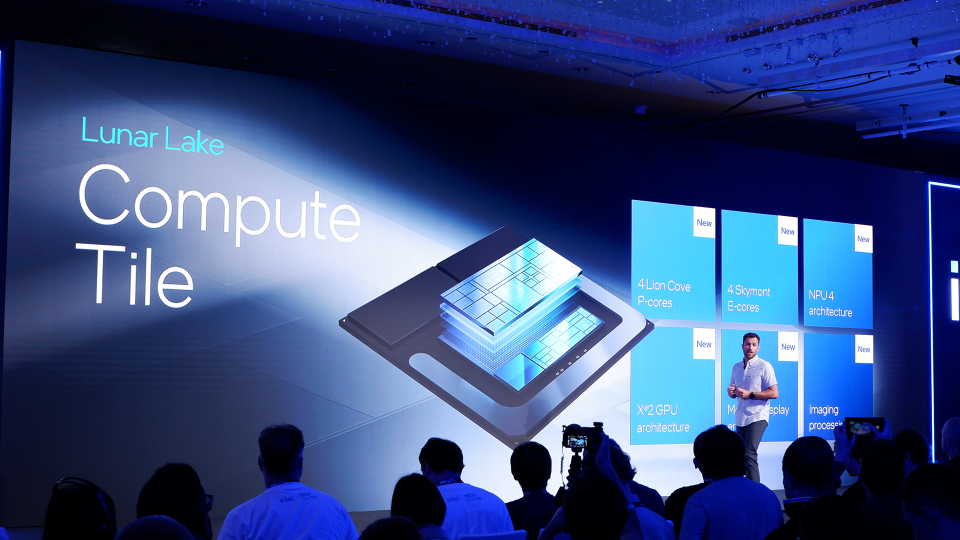
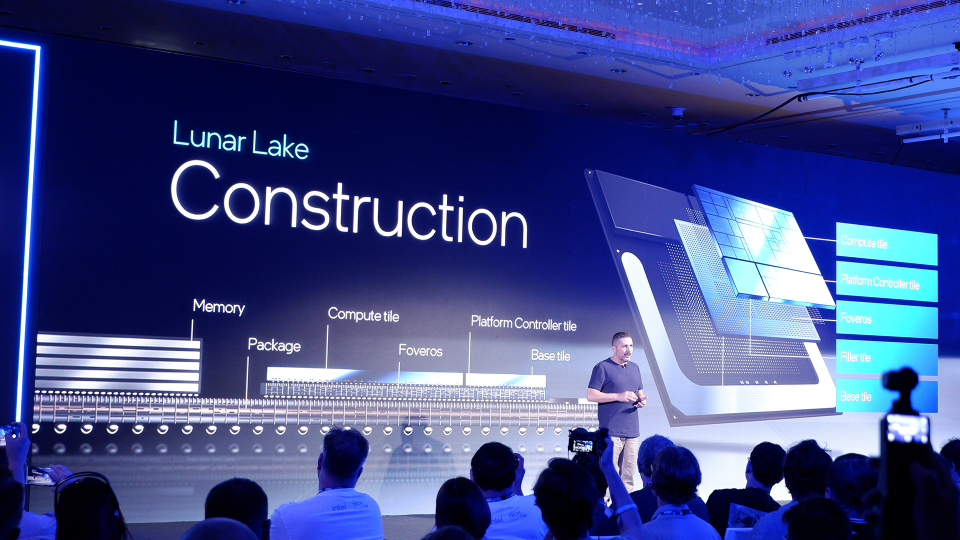
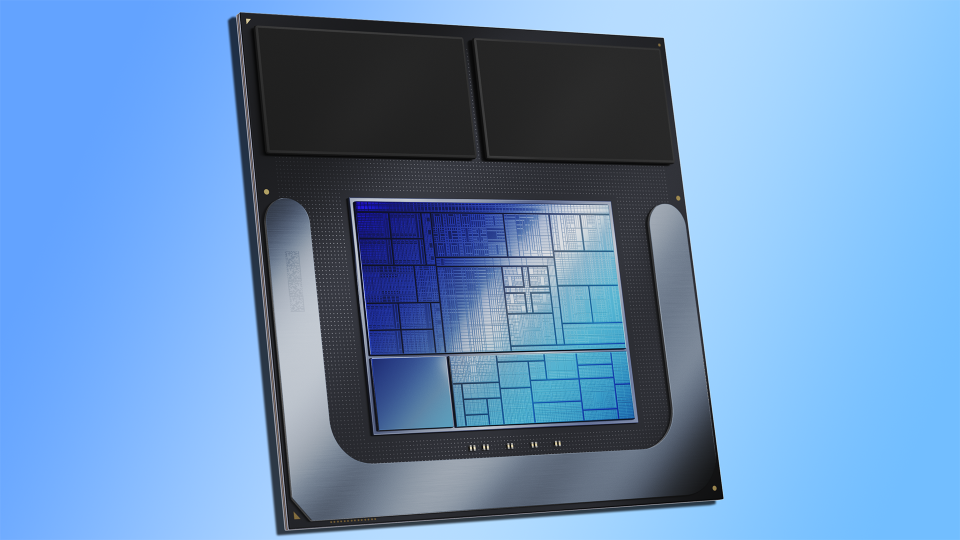
Realistically, the earliest that we were ever likely to see the true impact of Gelsinger's efforts was in the five or more year range from the beginning of his new tenure. And by Gelsinger's own admission on the keynote stage this morning, it is indeed the Panther Lake CPU that he's most excited about.
Gelsinger showed off a Panther Lake wafer using Intel's next-next generation 18A process node, promising that the chip would be powered up in the coming weeks. Intel has Panther Lake pencilled into Intel's roadmaps for 2025. But most likely, it won't be widely available in laptops until early 2026, some five years after Gelsinger took over.
Earlier this year, Intel announced a partnership with Arm to ensure that Arm's future in-house CPU core designs will be compatible with Intel's 18A process, paving the way for Arm customers to choose Intel for manufacturing. For now, there's really only one major Arm chip for the PC and that's the Qualcomm Snapdragon X Elite made by TSMC.
Will we one day see a PC that has "Intel inside" but Arm rather than Intel x86 IP? The way things are going, you wouldn't bet against it.


